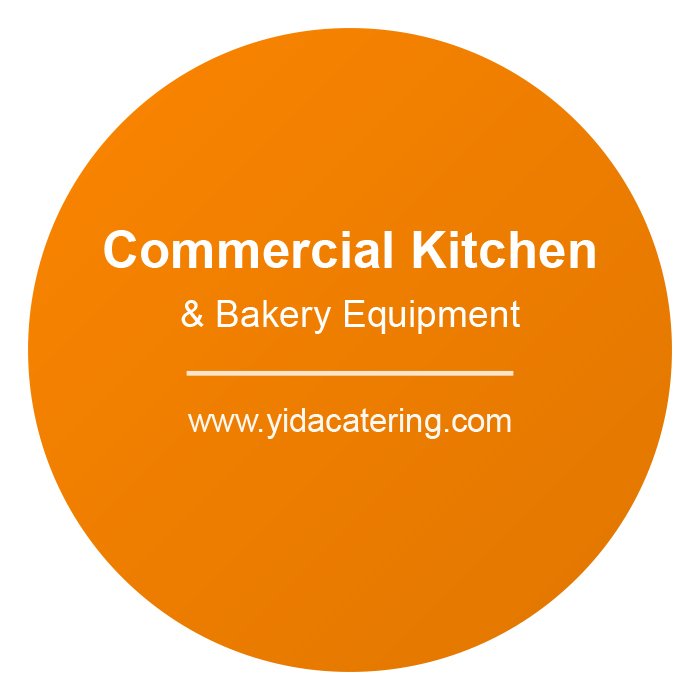When it comes to running a successful food business, efficiency, consistency, and quality are key. Few menu items are as universally loved and widely ordered as French fries. Whether you operate a fast-food chain, a food truck, or a high-volume restaurant, investing in the right commercial French fry equipment can make a significant difference in your operation. From peeling potatoes to serving perfectly crispy fries, this guide will walk you through the essential equipment needed to streamline your process and deliver top-notch results every time.
1. Potato Preparation: Peeling and Cutting
The first step in creating great French fries is preparing the potatoes. High-quality preparation equipment ensures uniformity and reduces labor costs.
Potato Peelers
Commercial potato peelers are designed to handle large quantities of potatoes quickly and efficiently. These machines use abrasive surfaces or water pressure to remove potato skins, significantly reducing prep time. Look for models with stainless steel construction for durability and easy cleaning. Depending on your volume, you can choose peelers with capacities ranging from 10 to 50 pounds per batch.
French Fry Cutters
Once the potatoes are peeled, the next step is cutting them into uniform shapes. Consistency in size is crucial for even cooking and professional presentation. Manual fry cutters are ideal for smaller operations, while electric or automated cutters are better suited for high-volume establishments. Many machines offer interchangeable blades, allowing you to create classic straight fries, crinkle-cut fries, or even wedges.
2. Blanching: The Secret to Perfect Fries
Blanching is an often-overlooked step that can elevate the quality of your French fries. By partially cooking the potatoes in hot water or oil before frying, you can achieve a crispier exterior and a fluffier interior.
Blanching Equipment
Commercial blanchers are available in both water-based and oil-based varieties. Water blanchers are ideal for operations that prefer a healthier preparation method, while oil blanchers are better suited for traditional frying techniques. Look for models with temperature control settings and easy draining systems for optimal performance.
3. Frying: The Heart of the Process
The frying stage is where the magic happens. Choosing the right fryer is critical for achieving golden, crispy fries that keep customers coming back for more.
Commercial Deep Fryers
There are several types of fryers to consider based on your specific needs:
- Countertop Fryers: Perfect for small kitchens or low-volume operations.
- Floor Fryers: Ideal for high-volume establishments, offering larger oil capacities and faster recovery times.
- Ventless Fryers: A great option for businesses without access to traditional ventilation systems.
When selecting a fryer, consider factors such as oil capacity, recovery time, energy efficiency, and ease of cleaning. Many modern fryers come with features like programmable timers and built-in filtration systems to extend oil life and maintain consistent cooking quality.
4. Holding and Serving: Keeping Fries Fresh
Once your fries are perfectly cooked, it’s essential to keep them warm and crispy until they’re served. Proper holding equipment ensures that your fries maintain their texture and flavor without becoming soggy.
Fry Warmers and Dump Stations
Fry warmers use heat lamps or warming elements to keep fries at an optimal serving temperature. Some models include perforated trays or angled designs to allow excess oil to drain away, preserving the fries’ crispiness.
Serving Solutions
For high-volume operations, consider investing in portion control scoops or automated portion dispensers to ensure consistency in serving sizes. This not only improves customer satisfaction but also helps manage food costs.
5. Maintenance and Cleaning: Extending Equipment Lifespan
Proper maintenance is crucial for keeping your French fry equipment in top condition and ensuring food safety compliance.
Cleaning Tips
- Daily Cleaning: Wipe down surfaces, empty crumb trays, and clean oil filters at the end of each shift.
- Deep Cleaning: Schedule regular deep cleans for fryers, peelers, and cutters to remove built-up grease and debris.
- Oil Management: Use filtration systems or change oil regularly to maintain fry quality and prevent contamination.
Preventative Maintenance
Work with your equipment supplier to establish a maintenance schedule. Regular inspections can help identify potential issues before they become costly repairs.
Final Thoughts: Investing in the Right Equipment
Investing in high-quality commercial French fry equipment is an investment in your business’s success. By streamlining your workflow from peeling to serving, you can improve efficiency, reduce waste, and deliver consistently delicious fries that keep customers coming back for more.
Whether you’re starting a new venture or upgrading your current setup, take the time to research your options and choose equipment that aligns with your operational needs. With the right tools in place, you’ll be well on your way to mastering the art of French fry perfection!

